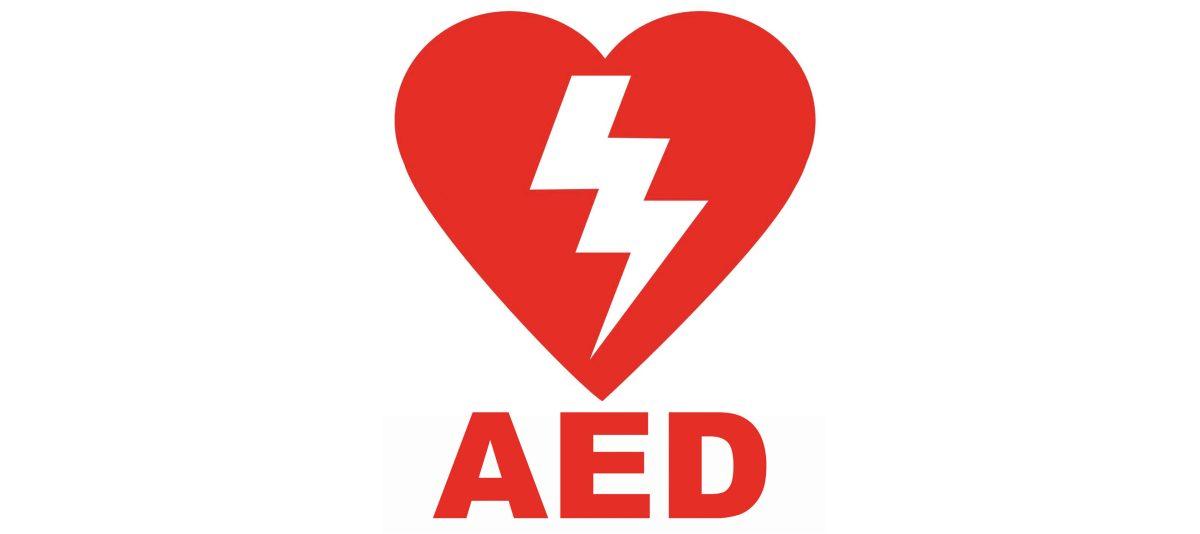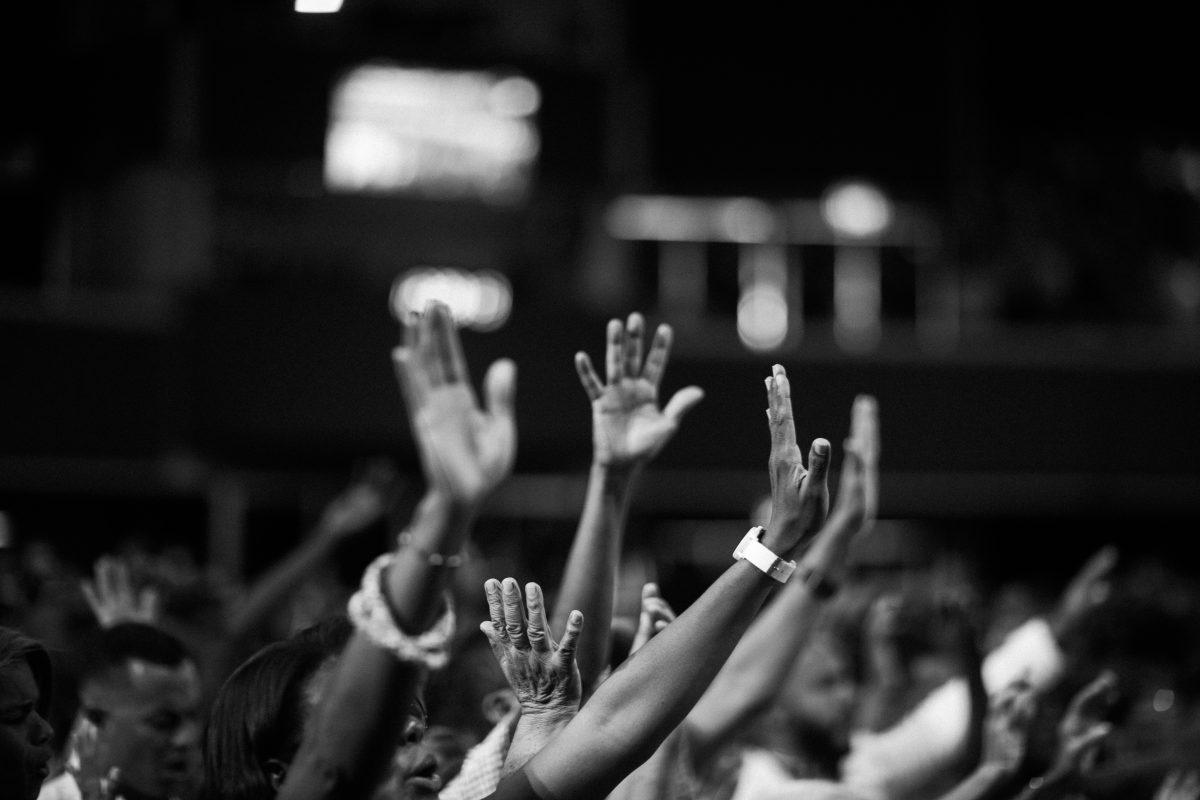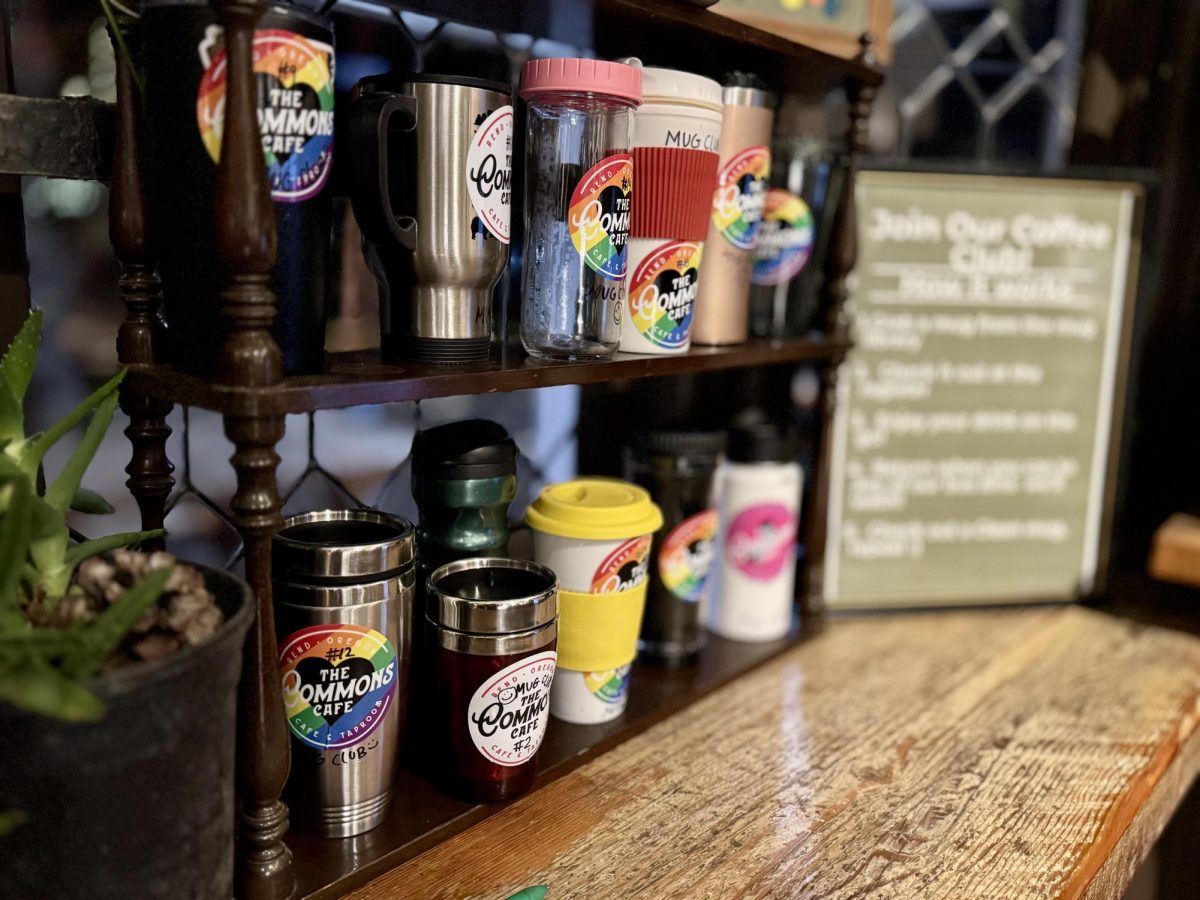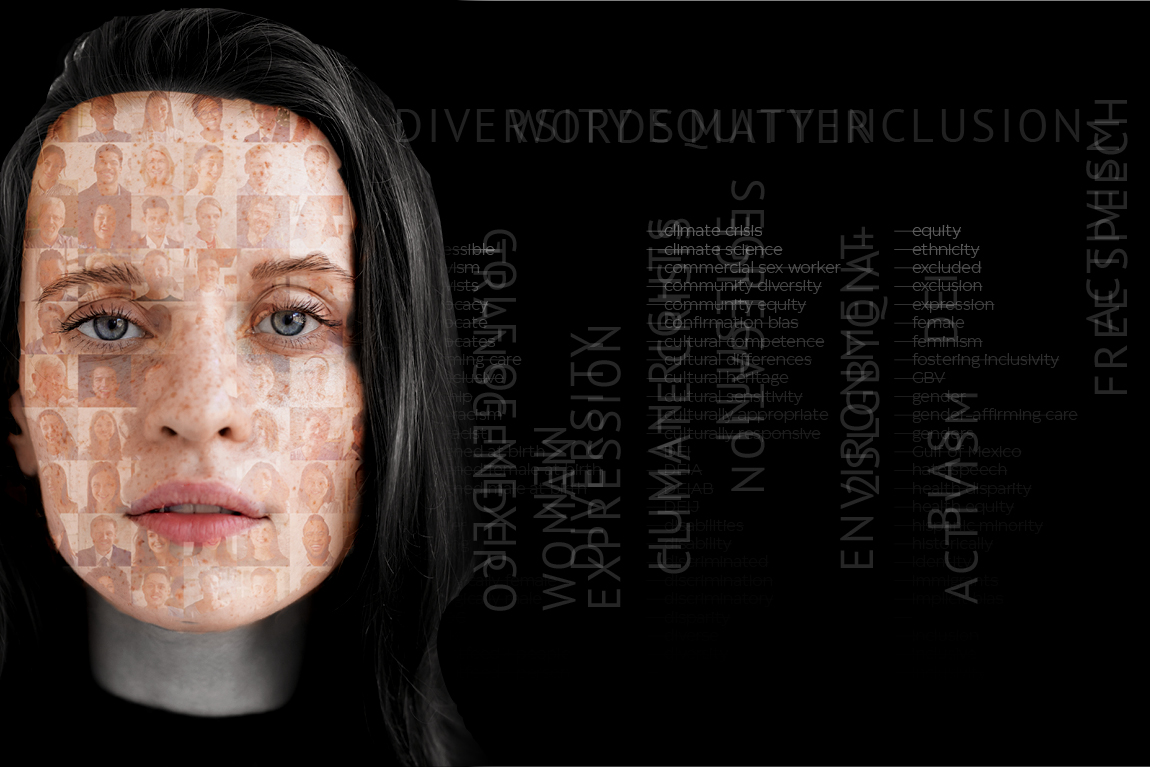AEDs, or Automated External Defibrillators, are a crucial piece of equipment for saving someone in the throes of sudden cardiac arrest. An AED is used to match the natural internal electronic signal of the heart, which controls the rate and rhythm of a heartbeat. The AED can then be used to jumpstart this rhythm, bringing blood flow back to the patient.
Despite this, there is a glaring lack of AEDs on any of the upper floors of the residence hall. The only AED in the building is on the second floor, near the lobby. Many of the buildings on campus are similarly built, with multi-floor complexes with many out-of-the-way classrooms and winding staircases.
There is an approximately four minute window in which revival has chances better than four percent, according to the American Heart and Stroke Association. Should an emergency occur that requires an AED occur, there is no guarantee that emergency service could arrive in time due to distance. Heart failure, a problem that afflicts 29% of American young adults, according to the 2015 Statistical Fact Sheet released by the American Heart and Stroke Association.
If a student, or anyone, was to suffer a heart attack or other medical emergency on one of the upper floors, it would take too long to retrieve the AED to save the person’s life.
The COCC standard is one AED per building, according to Jim Bennett, head of campus security.
He stated, “AEDs are an important life-saving tool, that the Public Safety Department has deployed and used. “Having them available in each of our buildings Is an important part of our emergency medical response”.
In addition to one AED per building, all CPS vehicles are equipped with AEDs, and CPS officers are trained in proper usage.
Bennett remarks that the lack of an AED on each floor is not a problem, stating that he has “not heard of any concerns.”
While no medical concerns have yet to be announced, it is possible that limiting the Residence Hall to one AED is a good thing. Irresponsible, inebriated students could see the AEDs as a toy, and abuse them – something that Bennett acknowledges as a risk.
“AEDs are a life-saving tool, while there is always a chance of someone vandalizing the AED, the benefit far outweighs the risk,” says Bennett.
Nainoa Kanaiaupuni Naff | The Broadside
Contact: [email protected]














